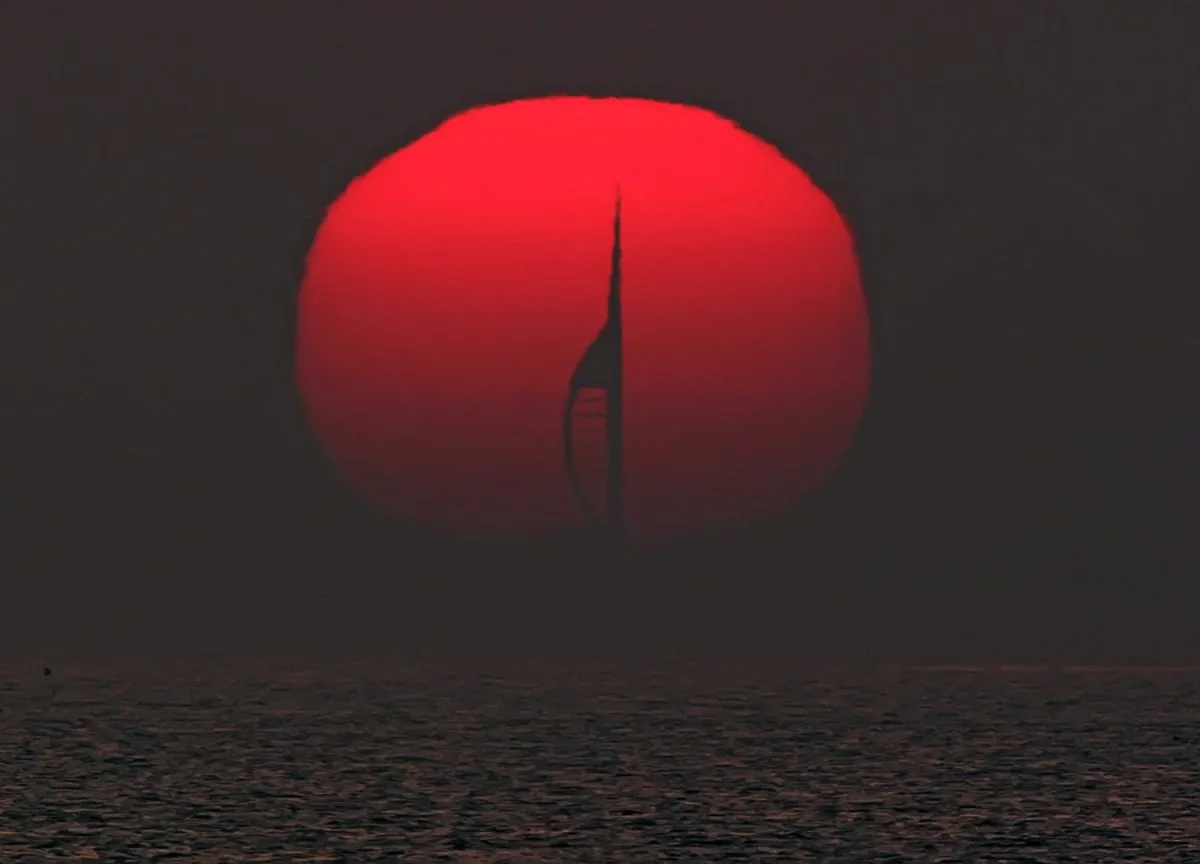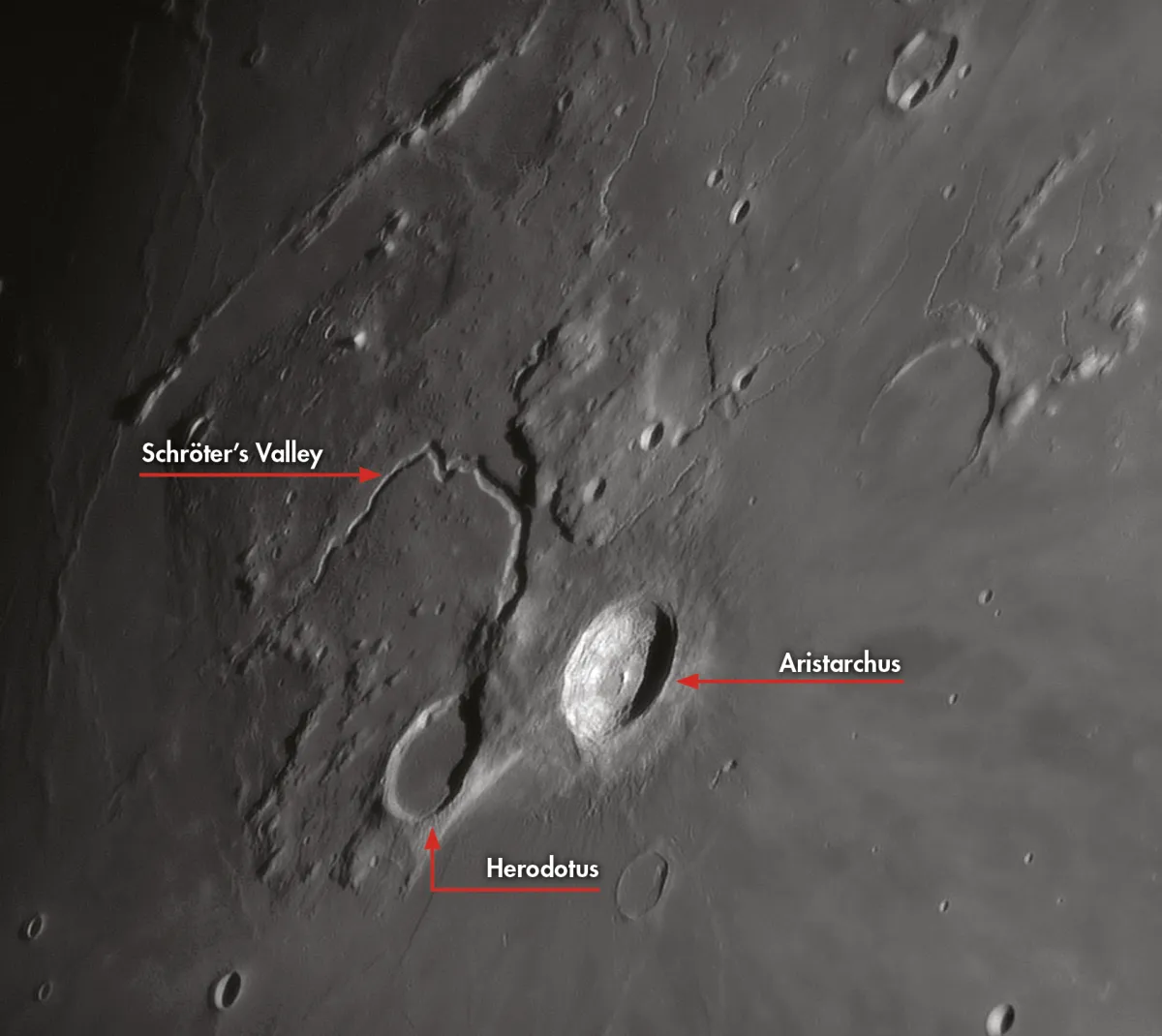Does the Moon look big, bright and orangey red tonight? Don't worry, you're not seeing things!
Recent studies show that our Moon is rusting, but this is not the reason that it appears orange.
When the Moon is low above the horizon it appears dull and distinctly orange in colour – a stark contrast to its brilliant silvery hue when it is high in the sky.
This is caused by the same process that makes the rising or setting Sun appear orange or red and, conversely, the same process that makes our sky blue.
When the Moon is low, its light must pass through a more substantial thickness of the Earth’s atmosphere before reaching you.

As a result, more blue and violet light (the shorter wavelengths of visible light) is scattered by the atmosphere, so the light we observe is largely towards the red end of the spectrum (light with longer wavelengths).
In summer, the Moon is below the celestial equator when it‘s full or nearly full, so from the UK it doesn’t rise high enough above the horizon to shake off its orange hue.
You may also notice that a Moon low to the horizon looks enormous. This is a different phenomenon altogether, and is known as the Moon illusion.
Read our guide to find out when the next full Moon is visible.
Is the Moon ever really orange?

There are localised areas on the Moon that have a real orange colouration.
A pair of steadily-held binoculars will show a decidedly orange patch near the bright crater Aristarchus, which is known as Wood’s Spot.
The Moon also appears to take on an orange or red colour during a total lunar eclipse as a result of longer wavelengths of sunlight being refracted by the Earth’s atmosphere onto the eclipsed Moon.
Ignore any talk of the green Moon myth though. There's no known natural phenomenon that would make the Moon turn green!
Have you observed or photographed an orange Moon? Get in touch by emailing contactus@skyatnightmagazine.com

